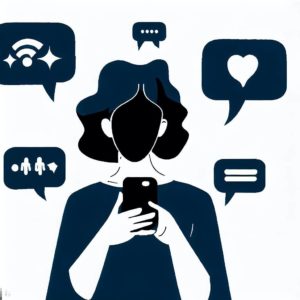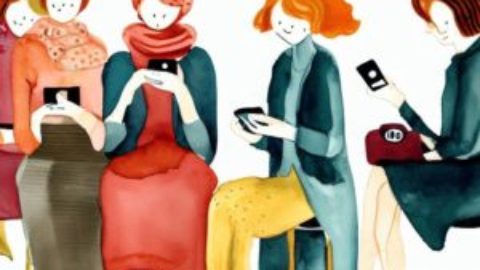
Hello there! We are diving into an intricate subject today, a mystery that even Sherlock Holmes would raise an eyebrow at. It’s the labyrinth called the
‘Mental Health Gender Divide’
So, let’s get started, shall we?
First up, here’s something that might surprise you. It shows that mental health problems aren’t gender-biased, but they do tend to show up differently in boys and girls, men and women.
The Influence of Biology and Society
Biology, hormones, societal expectations, and our individual experiences all conspire to make the journey through adolescence a minefield of potential mental health issues. It’s like navigating a theme park where the roller coasters are emotions, and everyone’s ride is unique.
The Big Questions
- Why is it that girls seem to experience more anxiety and depression?
- Why are boys more likely to act out, or get a diagnosis of ADHD?
- Why does it seem like the world just shrugs and says, “Well, that’s just how it is”?
Social Media and Its Impact

It symbolizes our next big hurdle: social media. Despite what we often hear, social media isn’t the sole villain of this piece. It can increase pressure, but it isn’t changing the fundamental dilemmas teenagers face.
Now, don’t get me wrong. Social media isn’t entirely innocent. It can amplify social pressures and anxieties. But, it’s not creating new problems; it’s throwing gasoline on the fire that’s already there.
Changing Our Perspective
What if we changed our perspective? Instead of blaming social media, or treating the gender gap in mental health as inevitable, what if we focused on changing the expectations, the pressures, the societal norms that are causing so much distress?
Adolescence is a time of change, a transition from childhood to adulthood. It’s a time when teens are trying to understand who they are, to negotiate their identity in the context of their peer group and the wider world.
It illustrates the complexity of the teen years, the search for self and identity, the struggle to understand and express emotions.
How Can We Ease The Crisis?
Changing how we approach the mental health of boys and girls can ease this crisis. By understanding and acknowledging the pressures and challenges that boys and girls face, we can help them navigate these tricky years.
Takeaway
So, here’s our takeaway message: Let’s pay more attention to the gender gap in mental health. Let’s start a conversation about the pressures and expectations that contribute to the crisis. It’s time we brought this issue out of the shadows and into the light.
Remember, you’re not alone on this roller coaster ride. We’re all in this theme park together, learning, growing, and finding our way.






